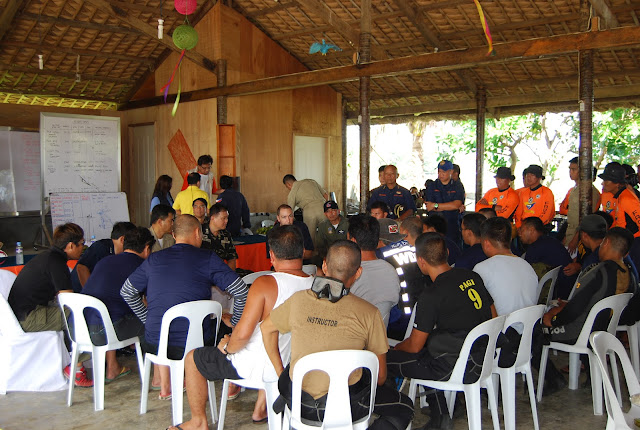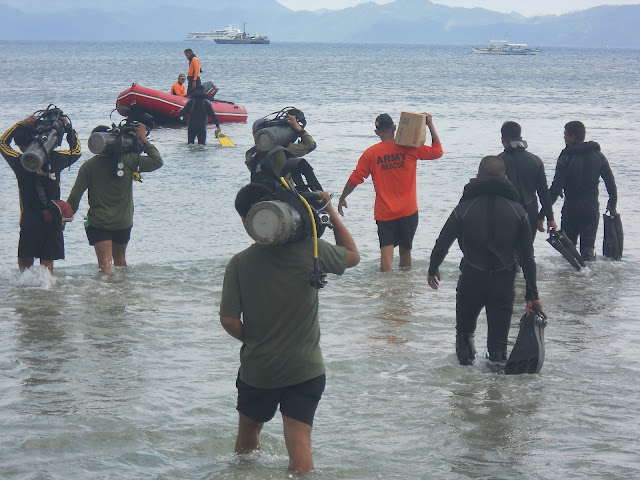I have not visited the so-called Fort Bonifacio tunnels since I joined the Armed Forces of the Philippines as a PMA cadet in 1990. I just saw old Army photos like the one above, showing the well-maintained tunnel during the times that it was administered by the Army Museum until in the mid-90s.
Built sometime in 1910, the Fort Bonifacio Tunnel served as the main supply depot for the American Forces during its battles against Filipino revolutionaries like the 'juramentados' in Sulu and the warriors of Samar, Lanao and Bicol. The story that Gen Douglas Mc Arthur ordered its construction is wrong. A graduate of USMA Class of 1903, Mc Arthur first set foot in the Philippine soil in the 1920s.
The tunnel is 2.24 kilometers long with 32 chambers. It has two entrances located in Barangay Pembo and Barangay East Rembo. At least 730 meters of the tunnel remains intact, mostly located below the C-5 Road. The myths circulating around that the tunnel has an entrance to Malacanang Palace is simply false.
The tunnel is 2.24 kilometers long with 32 chambers. It has two entrances located in Barangay Pembo and Barangay East Rembo. At least 730 meters of the tunnel remains intact, mostly located below the C-5 Road. The myths circulating around that the tunnel has an entrance to Malacanang Palace is simply false.
I got the opportunity of visiting this historical site when AFP Spokesperson Col. Marcelo Burgos invited me to join the delegation that will visit the tunnel which is located beneath the Bonifacio Global City. We went there together with BCDA officials. The main entrance to the tunnel is located across Market! Market!
I am not in Cu-chi District in Vietnam but the small opening reminds me of Viet Congs' network of underground tunnels running from North Vietnam down to Ho Chi Minh. This opening could be enlarged once this place is turned into a tourist attraction. The first stair has 17 steps.
This door leads us to the 2nd stair which has 57 steps. Its almost 45 degrees steep, making the uphill climb quite a challenge for those who don't love physical exercises.
I really wished that I had my rubber shoes and tactical pants. My barong was not suited in this kind of adventure.
The 57-step stair leads you to the ground level where you can find this chamber and directions. To my left is the Amapola St exit.
When the Army Museum was transferred to its new home beside the Army headquarters, the tunnels were forgotten. Intruders who came vandalized the place, not realizing that these tunnels are considered as national treasures.
The proud Igorot miners from Benguet were part of the tunnel’s laborers. They were joined by other 'tunnel diggers' like the Japanese laborers who migrated to Manila, most of whom were later discovered as soldiers spying for the Japanese military.
The current administrators have not explored all known exits of these tunnels. I just tried to visit one of the chambers which has a water source.
The preservation of the Fort Bonifacio tunnel as a heritage site and its opening for public viewing is welcomed by Armed Forces of the Philippines. This is part of the BCDA's initiative to honor the unsung heroes who sacrificed their lives in pursuit of our independence.
The project aims to contribute to the people’s understanding and appreciation of the history of the former military camps.
I am very proud to have visited the Fort Bonifacio tunnels. I can now proudly say: "I have not missed half of my life".
(Photos by Cpl Marlon San Esteban)









































